Arizona is bracing for a shift in its weather as monsoon activity looks set to ramp up after a stretch of hot, dry days. From July 9 to 12, 2025, the state will continue to experience high temperatures and weak monsoon conditions, with only limited thunderstorm development. But change is on the horizon.
According to the Arizona Weatherman, these scorching days are laying the groundwork for stronger storms. The current weather pattern is dominated by an upper-level ridge that is suppressing much of the thunderstorm activity and driving up surface temperatures. Some isolated storms may still develop along the Mogollon Rim and in parts of Gila, Coconino, Apache, Navajo, Graham, and Cochise Counties, though this activity is expected to fade heading into the weekend.
Starting Sunday, July 13, 2025, the weather pattern will begin to shift. As the ridge moves westward, it will allow more moisture to flow into the state. This will kick off a return to more widespread monsoon storms, initially forming over the Mogollon Rim and gradually expanding southward. The moisture surge is expected to build throughout the week and peak on Thursday, July 17.
Forecast models show strong consistency in predicting an extended stretch of active monsoon weather, possibly lasting several days. These storms could bring convective wind gusts over 50 mph, hail, localized flooding, and dust storms.
Meanwhile, in the East Pacific, tropical activity has been quiet—just as previously predicted. Unfavorable conditions like dry air and a suppressed Madden-Julian Oscillation are expected to linger through July 14. But by July 15–16, signs point to a possible shift. There’s a chance that Tropical Storm Gil could form, although it’s still too early to confirm.
If Gil does develop, it may send a plume of tropical moisture northward into the Gulf of California, further fueling Arizona’s returning monsoon storms.
This forecast comes from the Arizona Weatherman, a veteran meteorologist with over 25 years of experience, including aviation meteorology for the U.S. Air Force and training Special Operations Weather Technicians. His extensive background in both meteorology and STEM education adds confidence to his outlook for Arizona’s evolving weather pattern.




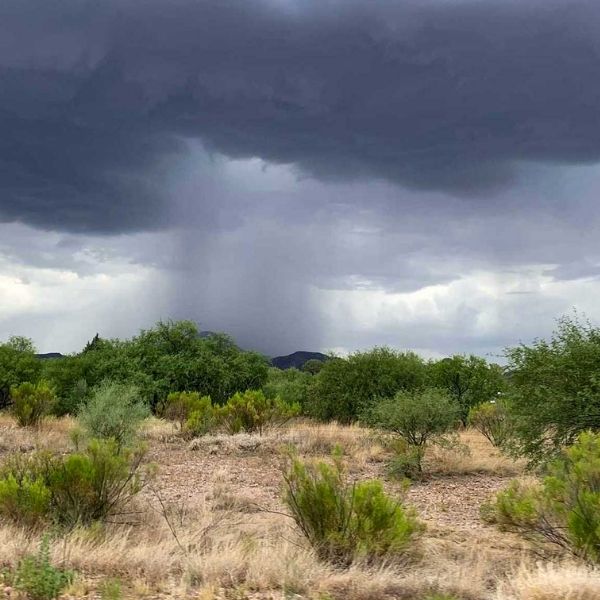
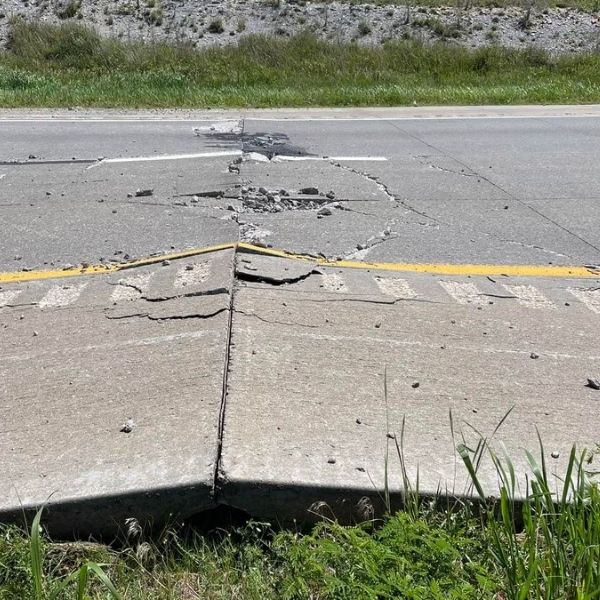
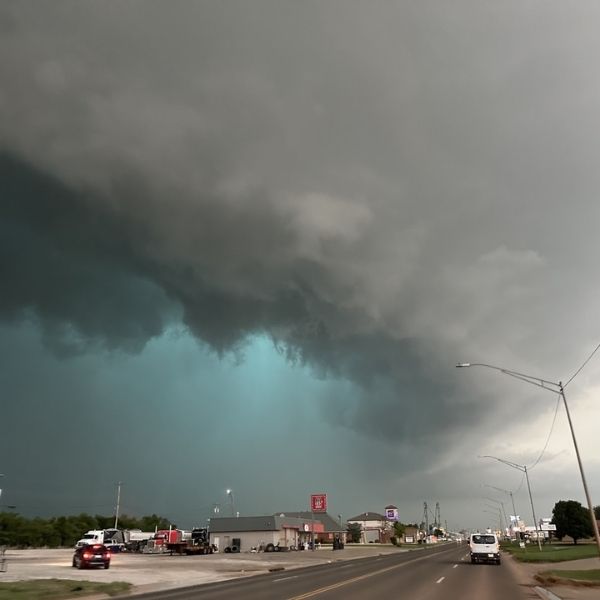
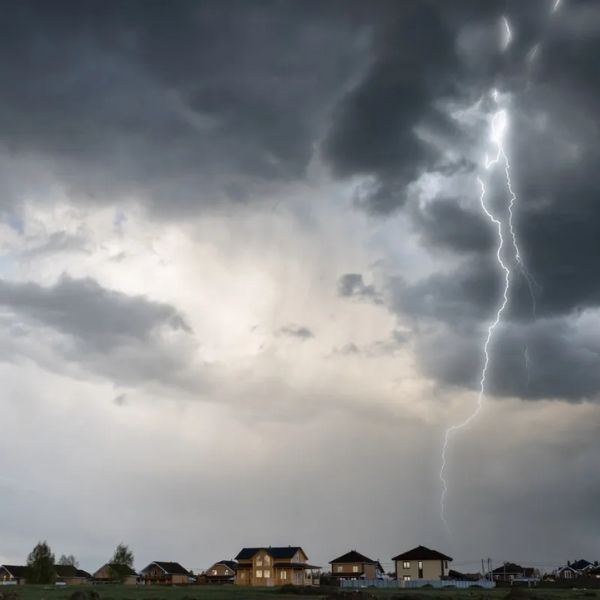
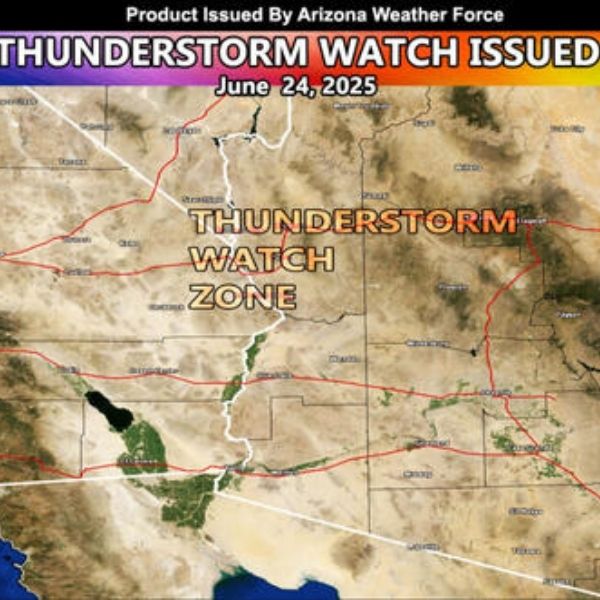
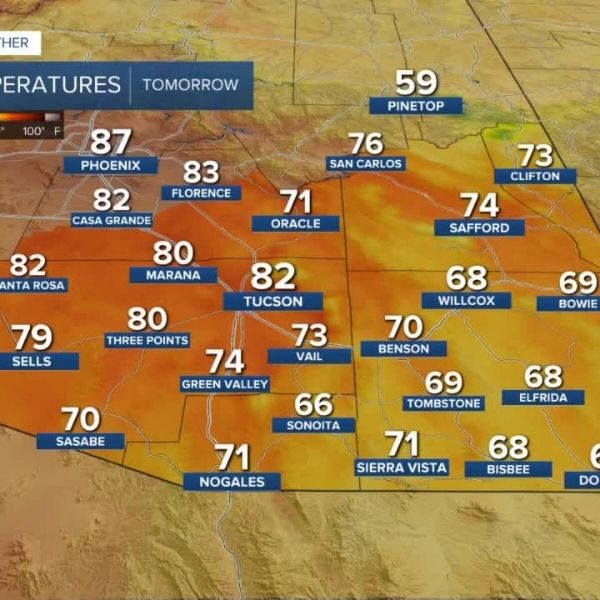
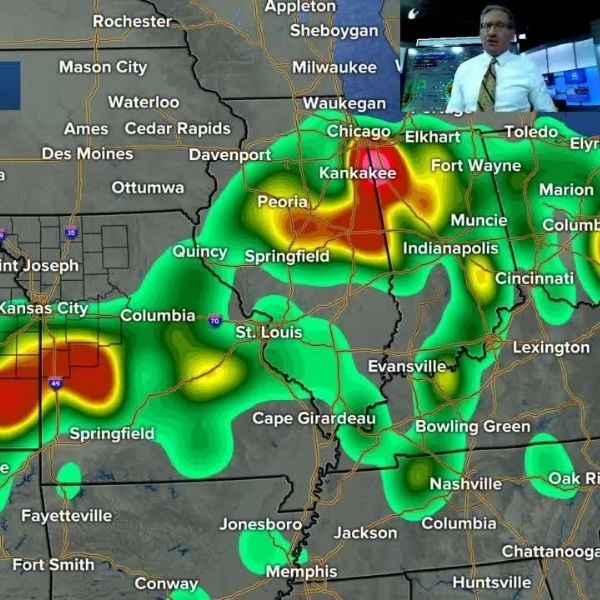
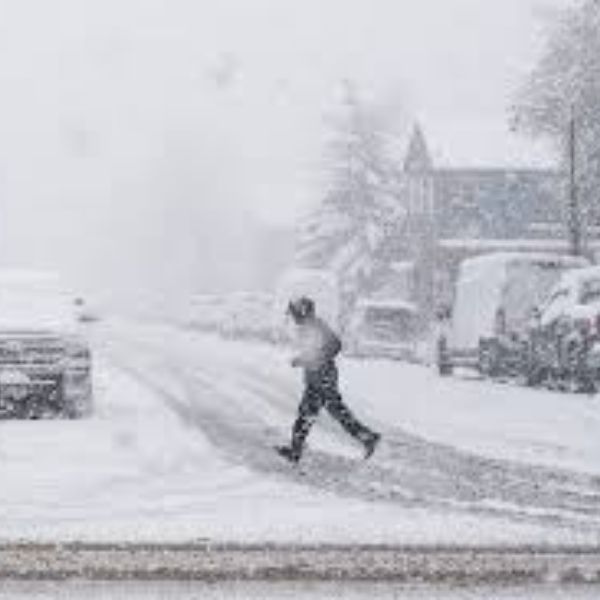
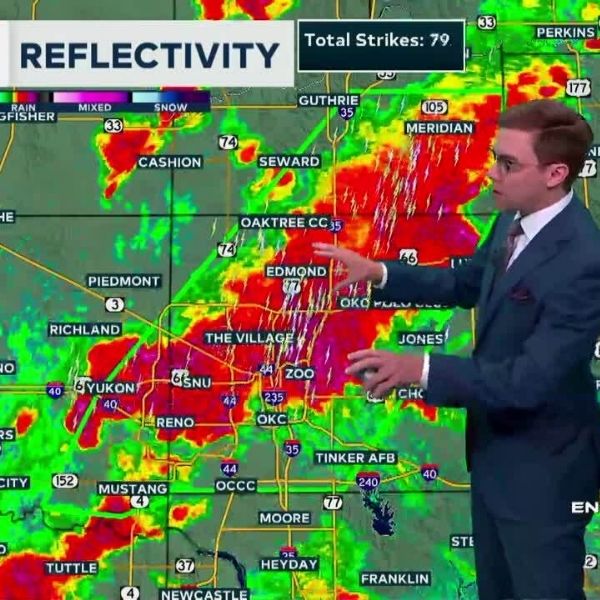



Leave a Reply